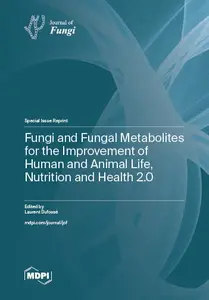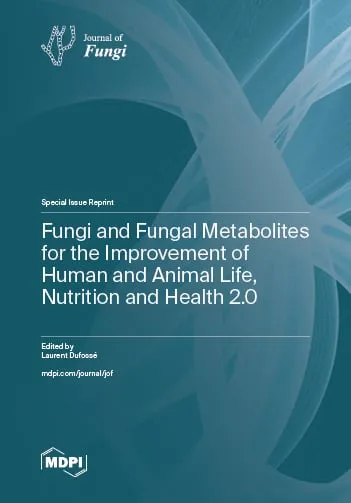Fungi and Fungal Metabolites for the Improvement of Human and Animal Life, Nutrition and Health 2.0
by Laurent Dufossé
English | 2025 | ISBN: 3725830266 | 384 Pages | True PDF | 52 MB
by Laurent Dufossé
English | 2025 | ISBN: 3725830266 | 384 Pages | True PDF | 52 MB
Macrofungi and filamentous fungi constitute a large portfolio of proteins, lipids, vitamins, minerals, oligo elements, pigments, colorants, bioactive compounds, antibiotics, pharmaceuticals, etc. For example, industrially important enzymes and microbial biomass proteins have been produced from fungi for more than 50 years. Some start-ups convert byproducts and side streams rich in carbohydrates into a protein-rich fungal biomass. This biomass can then be processed into a vegan meat substitute for food applications. In recent years, there has also been a significant increase, in fact, a significant revival in the number of publications in the international literature dealing with the production of lipids by microbial sources (i.e., the single-cell oils (SCO) that are produced by the so-called “oleaginous” microorganisms, including “oleaginous” fungi such as zygomycete species, e.g., Cunninghamella echinulata and Mortierella isabellina). Fungi are potential sources of polyunsaturated fatty acids (PUFAs), as these microorganisms can accumulate large amounts of high-valued PUFAs, such as gamma-linolenic acid (GLA) and arachidonic acid (ARA).



